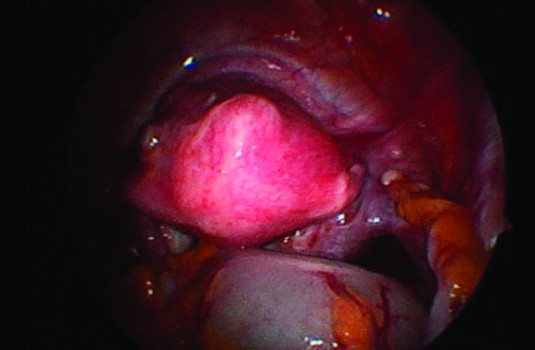The guideline
NICE have updated their 2007 guidance on assessing and managing heavy menstrual bleeding, including advice on when to start pharmacological treatment and when to offer hysteroscopy.
Key points for GPs
- Consider starting pharmacological treatment for HMB without investigating the cause if history or examination suggests a low risk of fibroids, uterine cavity abnormality, histological abnormality or adenomyosis.
- Take into account the woman’s history and examination when deciding whether to offer hysteroscopy or ultrasound as the first-line investigation.
- Offer outpatient hysteroscopy to women with HMB if their history suggests submucosal fibroids, polyps or endometrial pathology.
- Provide information about all possible treatment options for HMB and discuss these with the woman
- When agreeing treatment options for HMB with women, take into account the woman’s preferences, any comorbidities, the presence or absence of fibroids, polyps, endometrial pathology or adenomyosis, other symptoms such as pressure and pain.
Practical issues
The guidance suggests that pharmacological treatment can be started for HMB without investigation, meaning that GPs need to be confident about risk stratifying if they decide to commence medication. NICE also suggest that GPs and nurses could be trained to perform hysteroscopies and increase delivery of the procedure in primary care. This will pose its own problems in terms of the time and financial resources needed to make this a possibility.
Expert comment
Dr Sarah Gray, GPSI in women’s health, commented: ‘The updated guideline is broader in scope as it includes heavy bleeding attributable to adenomyosis. It follows the same initial pathway with initial assessment in primary care and initiation of first-line medical management in women with a low risk of pathology.
‘The options for treatment have not been changed. The major difference affecting primary care is in the ‘what to do if…’ category. If features of the history or examination suggest submucosal fibroids, endometrial polyps or other pathology, then outpatient hysteroscopy is now recommended as the preferred first line investigation. This will have a significant effect on referrals.’
The guideline
NICE. NG88: Heavy menstrual bleeding: assessment and management. London, NICE, 2018
Pulse July survey
Take our July 2025 survey to potentially win £1.000 worth of tokens













